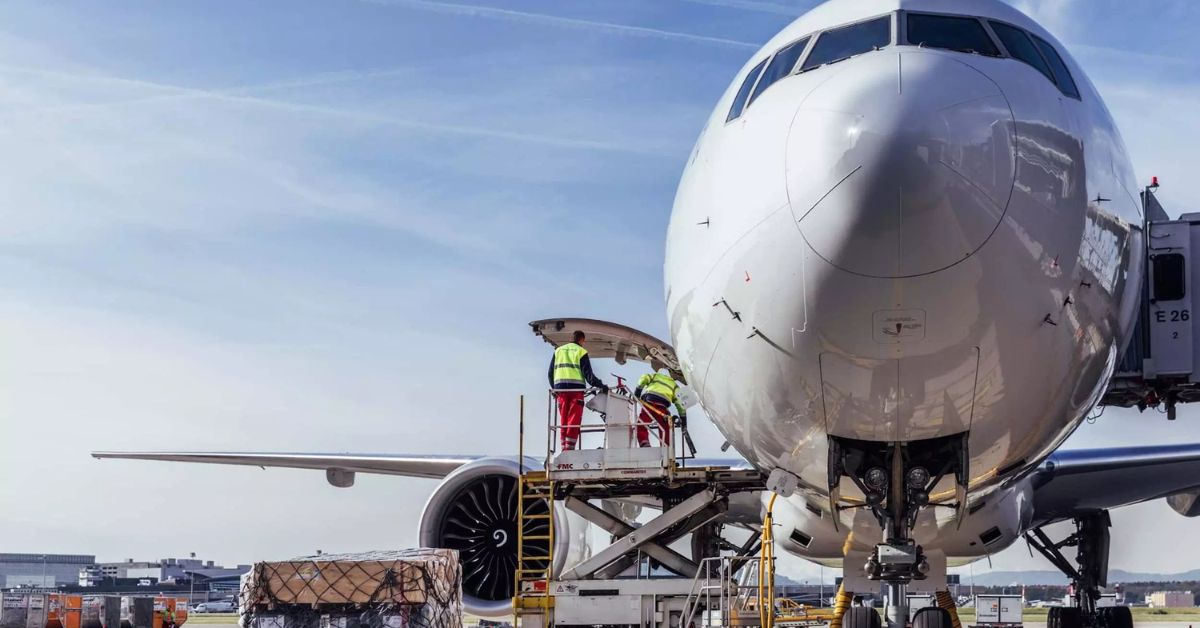Global airfreight demand continued to expand in September, though at a slower pace than earlier in the year, according to the latest market data from Xeneta.
Traffic volumes rose 9% year on year during the month—a solid performance but weaker than the double-digit growth recorded over the previous ten months. Capacity, meanwhile, grew just 3%, the lowest increase seen so far in 2025. The tighter supply pushed the industry’s dynamic load factor up three percentage points to 60%, while average rates climbed 26% to $2.71 per kg.
Xeneta noted that the softer growth partly reflected a high comparison base from last year. Even so, September volumes were buoyed by strong e-commerce flows, modal shifts from sea to air as ocean shipping faced disruption, weather-related impacts from typhoons, and a pre–Golden Week cargo rush out of China.
Airlines have also begun adjusting flight schedules for the winter season, slowing the pace of new capacity. Across the Atlantic, Xeneta forecasts a 20% reduction in cargo space this winter due to weaker passenger demand.
Looking forward, the industry faces mounting headwinds. Strikes planned at US East Coast ports are expected to divert more freight to air, amplifying seasonal pressures. The uncertain outlook leaves carriers and forwarders weighing whether to lock in long-term commitments or chase gains on the spot market.









